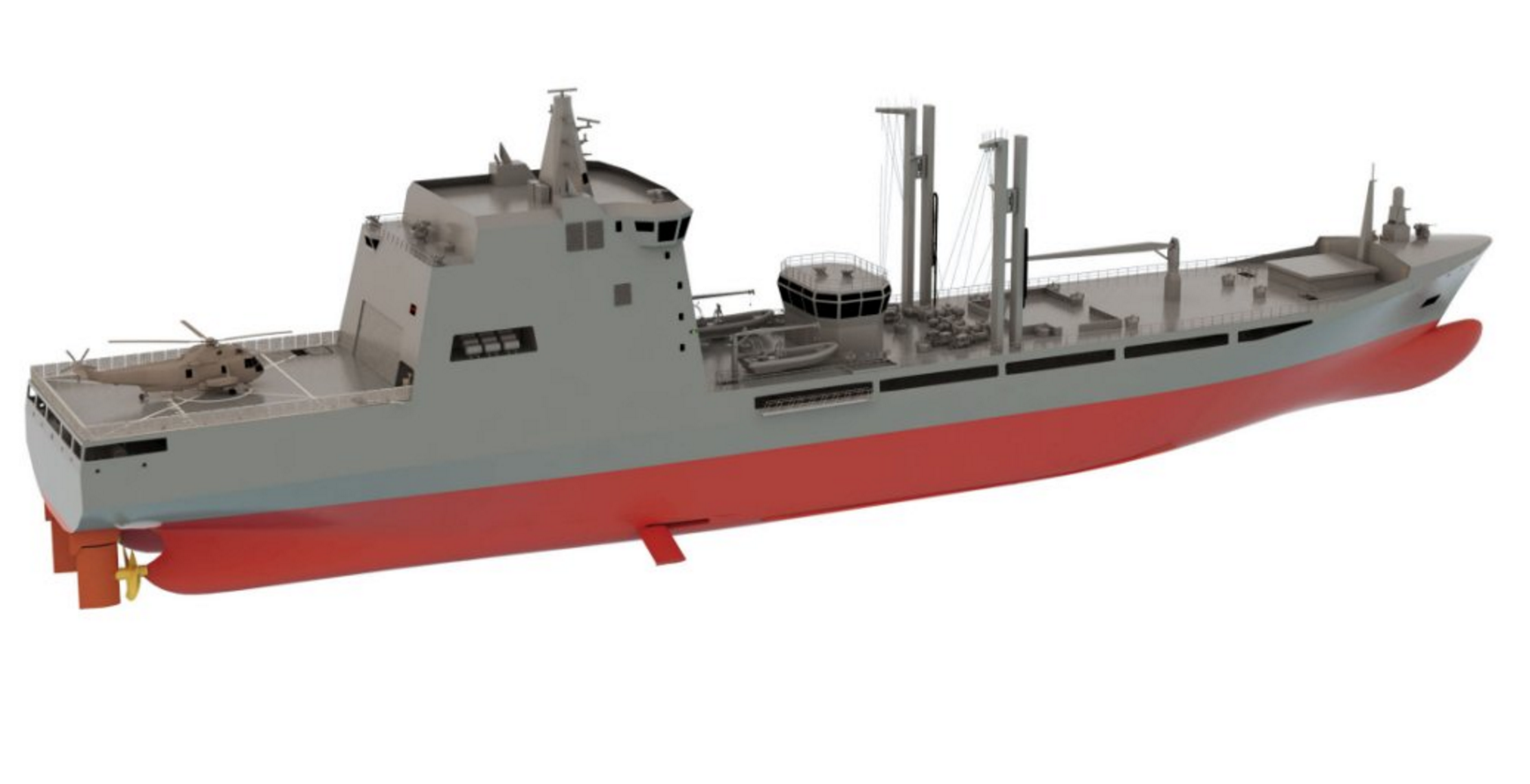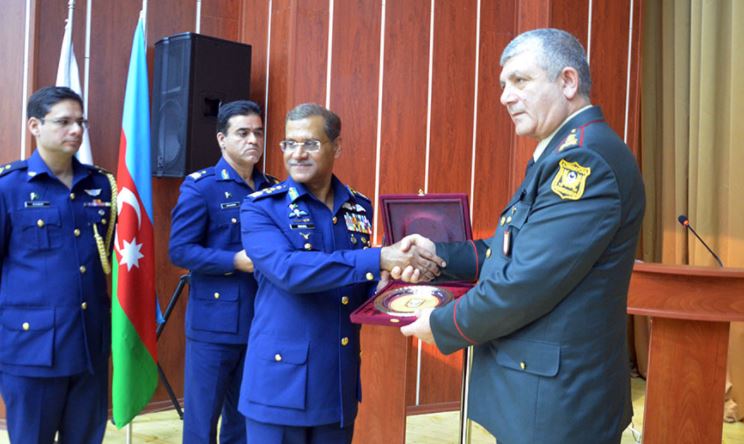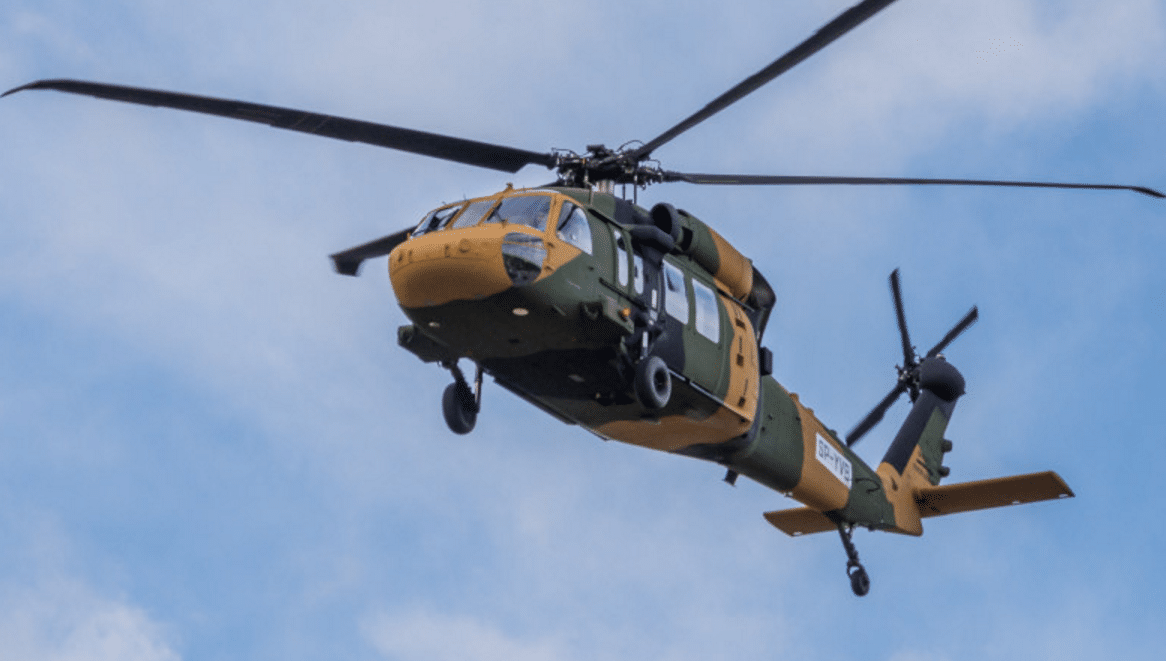2955Views 12Comments

New Pakistan Navy Fleet Tanker will be launched this week
The Pakistan Navy’s new 15,600-ton fleet tanker will begin its sea-trials from Friday, 19 August 2016.
The Pakistan Navy Fleet Tanker (PNFT) was built at Karachi Shipyard and Engineering Works (KSEW) with the support of the Turkish shipbuilder STM Savunma Teknolojileri Mühendislik ve Ticaret A.Ş., which had supplied KSEW with pre-manufactured material (STM).
Comment and Analysis
Pakistan’s Ministry of Defence Production (MoDP) signed an agreement to procure the PNFT from STM in January 2013. The PNFT’s steel was cut on November 2013, and its keel was laid on March 2014. Once it is inducted, the PNFT will form the nucleus of the Pakistan Navy’s auxiliary support fleet, which is tasked with refuelling and replenishing naval warships, among other functions.
The MoDP terms the Fleet Tanker program as one of three “massive” defence programs being pursued with the Turkish defence industry. In June of this year, STM also secured a contract from the MoDP to upgrade the Pakistan Navy’s Agosta 90B air-independent propulsion (AIP)-powered submarines. Pakistan is also hoping to attain financing support to back a possible purchase of four Ada-class corvettes.
Alongside China, Turkey is playing an increasingly significant role in the modernization efforts of the Pakistan Navy, which has been seeking greater developmental support in recent years. STM seems to have emerged as a favoured vendor – of supplies and expertise – in a number of areas, particularly surface vessels. Even if the Ada-class corvette program does not come to pass (again), it would not be surprising to see Pakistan contract STM for general capacity building or expertise/advisory work at KSEW.
Other Turkish companies, such as Aselsan and Havelsan, may be able to carve favourable market positions as well, specifically in the area of naval electronics (especially sensors). For Pakistan, the Turkish defence industry offers an avenue to access NATO-compliant hardware, potentially at a more affordable cost as well (at least in comparison to Western European suppliers).



12 Comments
by Sahiwal
This is great step. Pakistan needs a strong naval presence to make CPEC and Gawader success stories.
by Irfan Ullah
Great news as Pakistan navy need modernisation along with PAF ,can you please provide the detail specifications of this PNFT ?
by Irfan Ullah
Any updates about Ada class corvettes for Pakistan navay?
by SP
One tanker of 15k tons is not really sufficient to meet the needs of PN. Indian has a few tankers which are also much bigger including of 40k tons.
by The patriot
It’s a good start towards self sufficency.
by Sajjad Hussain
15k tons tanker is enough for Pakistan Navy yet…. we have no need another larger fleet tanker. … because we have no too large naval fleet like indian navy….
When Pakistan Navy expand its naval fleet than we need another fleet tanker. ….
by Kam
who cares what india has ? Quantity doesnt out match the Quality ever !!!
by Sami Shahid
This is a great achievement ! Long Live Pak-Turk friendship
by kas
NOW THIS IS THE TIME TO CONSIDER/PLANING FOR BUILDING AIRCRAFT CARRIER PAKISTAN FIRST WELL NEEDED TO STATIONED ON THE EDGE OF COSTAL BORDERS.
by Raza Hussain
WE DON’T NEED CARRIER BESIDES A AIR BASE CLOSE TO SEA SHORE WITH LONG
RANGE JETS IS WAY MORE DEADLY THEN CARRIER FOR DEFENDING COASTAL
BOUNDARIES
by Raza Hussain
WHEN WE ARE GOING TO GET DESTROYERS AND CORVETTES AND NUCLEAR CAPABLE SUBMARINES
by jamshed_kharian_pak
Excellent news Long Live Turk-Pak Brotherly Relations